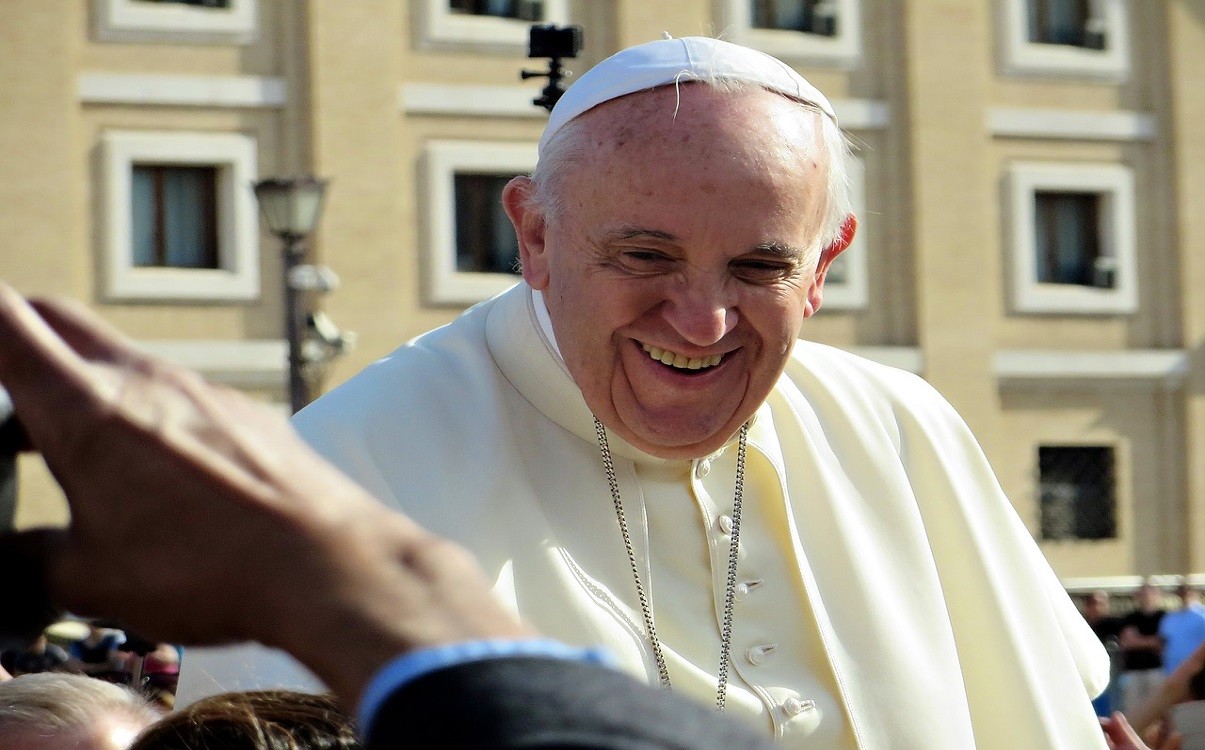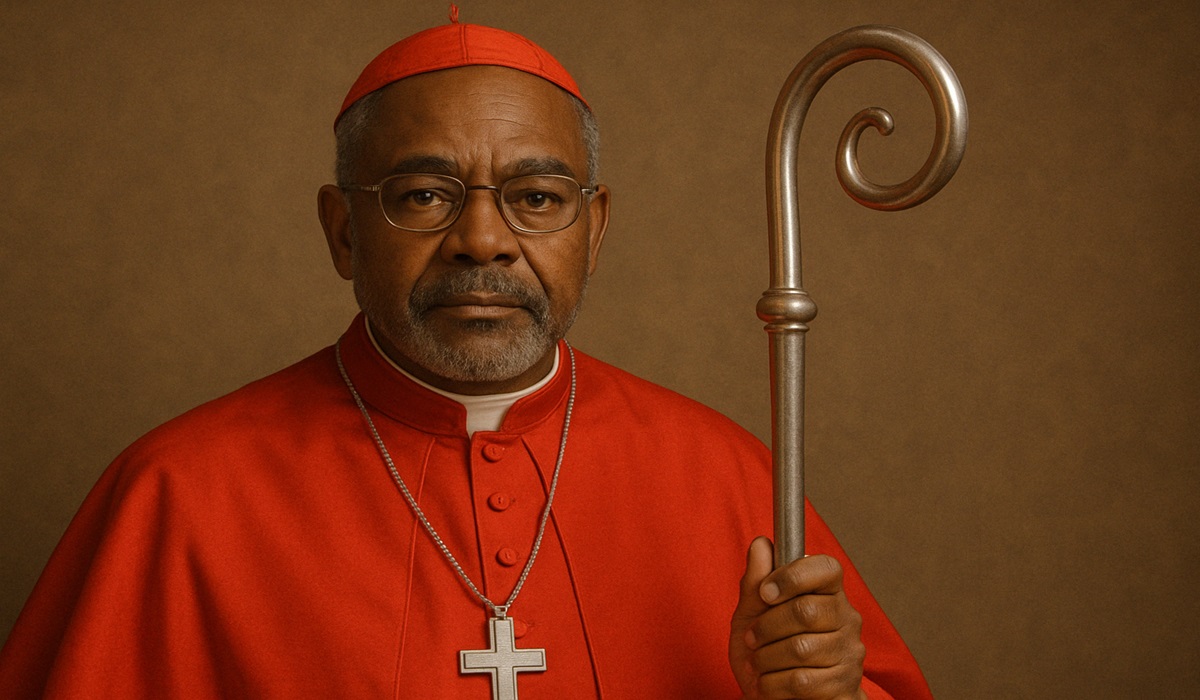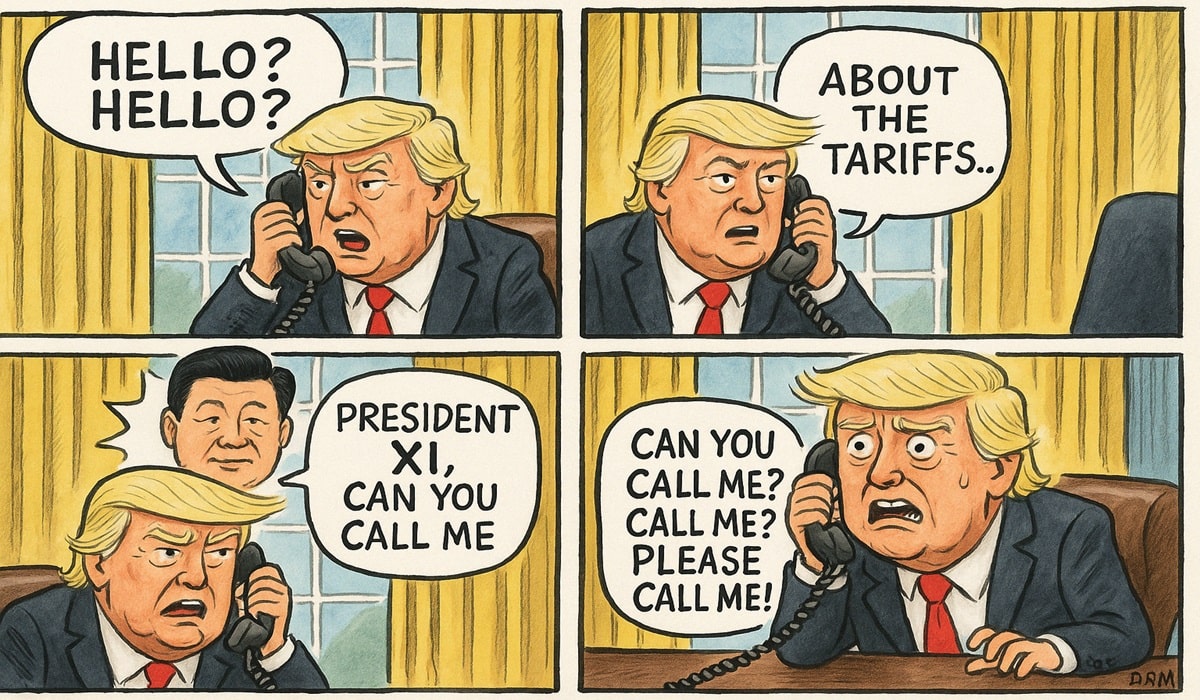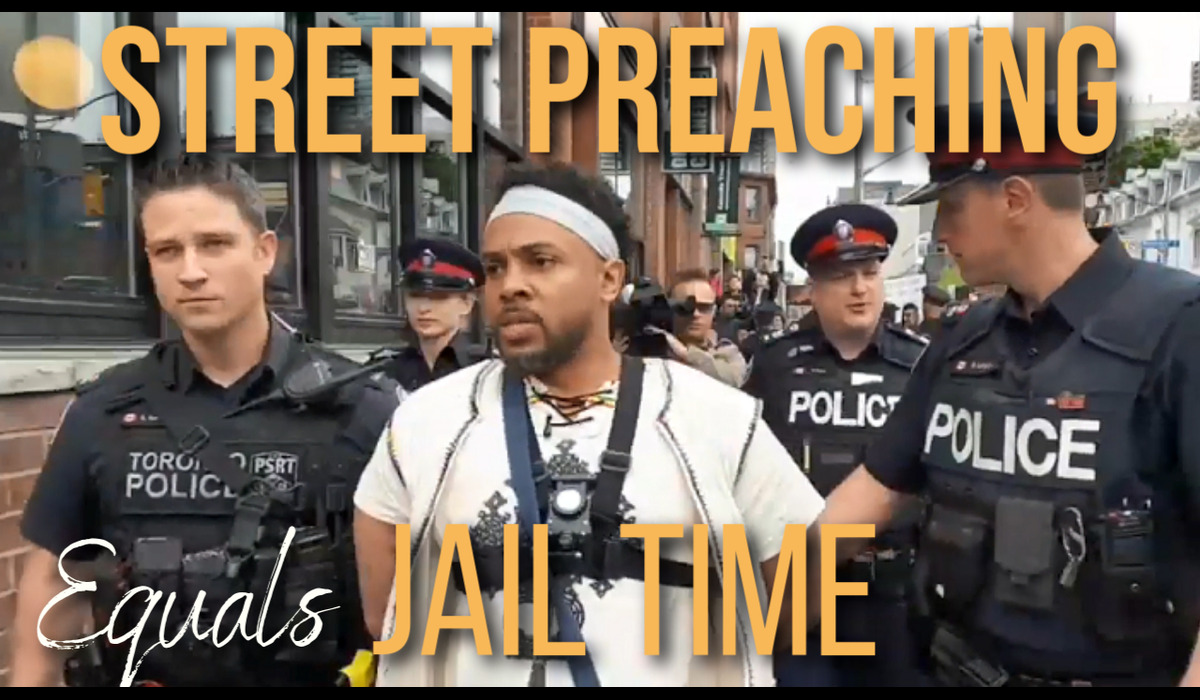The Ancient Echoes of “Habemus Papam”: Unpacking the Sacred Proclamation
- Kingston Bailey
- D.O.C Supplements - Trending News
- Religion
- April 22, 2025
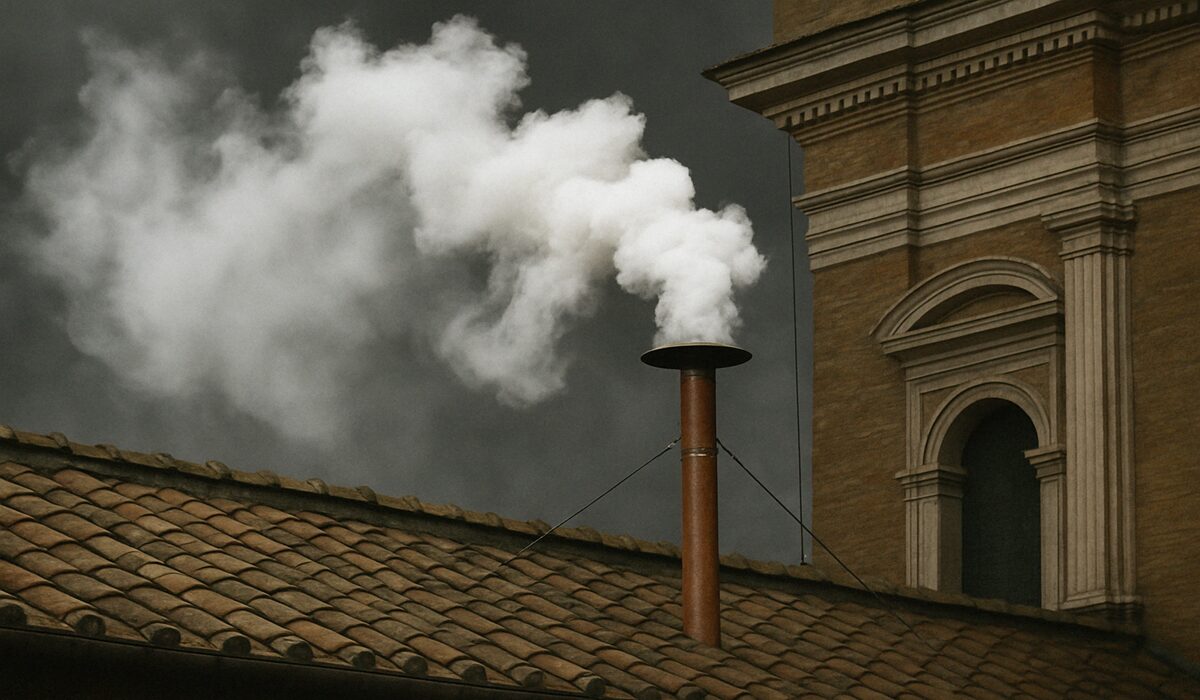
The dramatic moment when white smoke curls from the Sistine Chapel chimney is one of the most recognizable symbols in global religious life. But it is the subsequent proclamation—”Annuntio vobis gaudium magnum: Habemus Papam!” (“I announce to you a great joy: We have a pope!”)—that truly marks the birth of a new papacy. This centuries-old ritual, rich with theological significance and historical resonance, connects contemporary Catholicism to its medieval roots in ways few other traditions do.
The origins of the “Habemus Papam” declaration trace back to the turbulent period of papal elections in the Middle Ages, when the process was far less orderly than its modern counterpart. In the early centuries of Christianity, bishops of Rome were often selected through popular acclamation or by regional clergy, methods that frequently led to disputes and even violence. By the High Middle Ages, the right to elect the pope had been formally reserved to the College of Cardinals, but external interference remained common. Noble families, rival city-states, and European monarchs all sought to influence the outcome, sometimes resulting in multiple claimants to the papal throne.
It was against this backdrop of chaos that the conclave system—from the Latin cum clave, meaning “with a key”—emerged in the 13th century. The 1274 papal bull Ubi Periculum formalized the practice of locking the cardinals in seclusion until they reached a decision, a measure designed to prevent outside manipulation. Once the election was complete, the senior cardinal deacon would announce the result to the anxious crowds gathered outside. The exact phrasing evolved over time, but by the Renaissance, the essential elements of the modern “Habemus Papam” formula had taken shape.
The theatricality of the announcement served important practical and symbolic purposes in the pre-modern world. In an era before mass communication, the proclamation from the loggia of St. Peter’s Basilica was often the only way most people learned about the new pope’s identity. The cardinal’s appearance on the balcony, followed by the revelation of the elect’s chosen name, created a moment of high drama that underscored the gravity of the occasion. Even the physical setting carried meaning—the new pope was presented to the world from the heart of Christendom, symbolizing both continuity with the past and hope for the future.
The ritual elements surrounding the announcement developed rich layers of symbolism. The white smoke signaling a successful election originally resulted from burning the ballots with damp straw, a practice that dates back to the 19th century. The chosen pope’s selection of a new name—a tradition beginning in the 6th century with Pope John II—allows each pontiff to signal his priorities through connection to previous saints and popes. The vesting of the new pope in white cassock and red shoes echoes ancient regalia while marking his transition from cardinal to supreme pontiff.
What makes the “Habemus Papam” tradition so remarkable is its endurance into the digital age. In a world of instant global communication, where news of the papal election spreads within seconds, the Vatican maintains the medieval pacing of the announcement ritual. The deliberate pause between the appearance of white smoke and the actual proclamation builds anticipation just as it did five hundred years ago. This refusal to streamline the process speaks to the Catholic Church’s deep commitment to ritual as a vehicle of meaning—the slow unfolding of events reminding observers that they are witnessing not just a bureaucratic transition but a sacred mystery.
The words themselves have remained essentially unchanged through centuries of dramatic historical shifts—through the Reformation and Enlightenment, through revolutions and world wars, through the transition from Latin as the Church’s lingua franca to its current status as a ritual language. This linguistic stability creates a powerful link across generations, allowing Catholics today to hear the same proclamation that their ancestors heard in the piazzas of Renaissance Rome.
As the Church moves deeper into the 21st century, facing all the challenges of modernity, the “Habemus Papam” ritual stands as a testament to Catholicism’s ability to maintain continuity while navigating change. When next heard echoing across St. Peter’s Square, these ancient words will once again bridge past and present, reminding the world that the papacy represents not just an institution but a living tradition that has shaped—and been shaped by—two millennia of human history.


